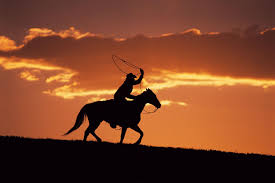 Once upon a time, soon after the civil war and establishing the western U.S. as a territory that had to be tamed, cowboys got their start. We aren’t talking about the typical cowboys you see in Hollywood movies. We are talking about the men who stood up for what they believed in (a good day’s work herding cattle) and tamed the west while they were at it. We are talking about the Doc Holiday, Wyatt Earp, good guy, bad guy, type cowboys only with a little twist.
Once upon a time, soon after the civil war and establishing the western U.S. as a territory that had to be tamed, cowboys got their start. We aren’t talking about the typical cowboys you see in Hollywood movies. We are talking about the men who stood up for what they believed in (a good day’s work herding cattle) and tamed the west while they were at it. We are talking about the Doc Holiday, Wyatt Earp, good guy, bad guy, type cowboys only with a little twist.
The Good
Cowboys, which originated in Mexico and we embraced the idea of, were a great thing for American History. You may say that they were vital during the western expansion and subsequent settling of all the land beyond the Mississippi River. They were there when the first railroads came to be. The railroads allowed easier travel to the western U.S.
The Bad
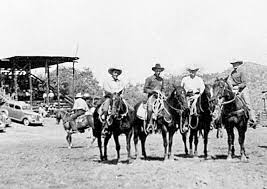 The “cowboy” was a group of people who would herd cattle to the northern territories where beef was a commodity. There would typically be 6-8 men riding in a group to get roughly 3,000 cattle at one time to railroad depots or up north where it could be sold for as much as $40 per cow. It was a rough life. The cattle would be branded to show which farm owned it and occasionally conflicts did come up. It was a way of life that was rough, a fact which was proven in 1886-1887 when an exceptionally cold winter killed most cattle.
The “cowboy” was a group of people who would herd cattle to the northern territories where beef was a commodity. There would typically be 6-8 men riding in a group to get roughly 3,000 cattle at one time to railroad depots or up north where it could be sold for as much as $40 per cow. It was a rough life. The cattle would be branded to show which farm owned it and occasionally conflicts did come up. It was a way of life that was rough, a fact which was proven in 1886-1887 when an exceptionally cold winter killed most cattle.
The Ugly
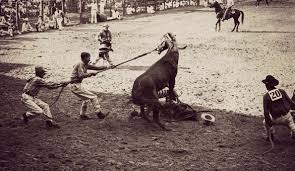 After the big freeze, the “cowboy era” was slowed drastically. Fewer cattle would be moved at one time. Feuds over property lines meant that farmers turned to barbed wire to protect what was there. Some cowboys turned to a more “lawless” existence while others simply wanted to work with cattle on a private farm where an average workday would last about 15 hours a day.
After the big freeze, the “cowboy era” was slowed drastically. Fewer cattle would be moved at one time. Feuds over property lines meant that farmers turned to barbed wire to protect what was there. Some cowboys turned to a more “lawless” existence while others simply wanted to work with cattle on a private farm where an average workday would last about 15 hours a day.
Off to the Rodeos
During this time, some cowboys would take part in calf roping, bull riding, and other sports to test their skills against one another. However, if you look throughout history, the rodeo has been something people did since the 1700s in Spanish areas. They taught the cowboys their skills, their style of dress, and more. It all led to the first professional rodeo, which took place in Prescott, Arizona during the year of 1888.
Over time, even women began to take place in the rodeos. They were out there barrel racing and roping as good as the men.
As time progressed, cowboys became fewer and the work changed some, but the same jobs they did then are still useful today. In certain parts of the U.S., the cowboy lifestyle is alive and well. Places like Texas, Wyoming, Montana, and more still stay true to the lifestyle that “cowboys” started, though often today we call them “ranchers”. They live on the farm and rely on cattle of some type for their livelihood.
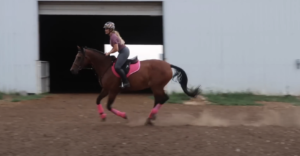 As a spectator at a rodeo, you can expect a vibrant atmosphere filled with excitement and tradition. The event typically starts with a lively opening ceremony, often featuring music, flag presentations, and sometimes a national anthem.
As a spectator at a rodeo, you can expect a vibrant atmosphere filled with excitement and tradition. The event typically starts with a lively opening ceremony, often featuring music, flag presentations, and sometimes a national anthem.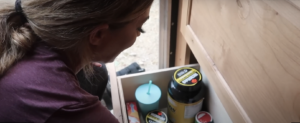 The energy in the crowd is infectious, with cheers and applause for the participants. You’ll likely see families enjoying the day together, vendors selling food, drinks, and rodeo merchandise, and perhaps even some live music or entertainment during breaks.
The energy in the crowd is infectious, with cheers and applause for the participants. You’ll likely see families enjoying the day together, vendors selling food, drinks, and rodeo merchandise, and perhaps even some live music or entertainment during breaks. Historically, rodeo hats have been crafted with meticulous care and attention to detail. High-quality materials, such as beaver felt, are often used to create these hats, ensuring durability and a stylish appearance. The designs frequently feature intricate embellishments, such as custom hatbands, feathers, and even personal insignia, making each hat unique to its wearer. Notable rodeo legends, like the famous bull riders and ropers, have made their mark with these distinctive hats, often turning them into prized memorabilia.
Historically, rodeo hats have been crafted with meticulous care and attention to detail. High-quality materials, such as beaver felt, are often used to create these hats, ensuring durability and a stylish appearance. The designs frequently feature intricate embellishments, such as custom hatbands, feathers, and even personal insignia, making each hat unique to its wearer. Notable rodeo legends, like the famous bull riders and ropers, have made their mark with these distinctive hats, often turning them into prized memorabilia.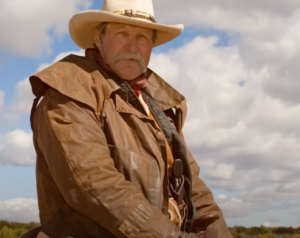 Another prominent style is the Cattleman hat, known for its smooth, rounded crown and a brim that is slightly turned up at the back. This design is particularly favored in traditional rodeo settings and by those who appreciate a more polished, classic look. The Cattleman’s brim is typically around 4 inches wide, offering excellent coverage while maintaining a refined appearance.
Another prominent style is the Cattleman hat, known for its smooth, rounded crown and a brim that is slightly turned up at the back. This design is particularly favored in traditional rodeo settings and by those who appreciate a more polished, classic look. The Cattleman’s brim is typically around 4 inches wide, offering excellent coverage while maintaining a refined appearance.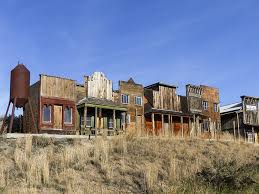 Tourism is alive an well in every part of the world. We all set out to explore the world around ourselves. Seeing natural wonders, visiting man-made attractions, and of course-exploring everything that is related to our world’s history. It is partially curiosity and possibly a desire to keep learning all the mysteries of the world. At least, as much as we can learn anyway. Perhaps this is the reason for our unending fascination with the old west. It is also what has spawned a new era. The one involving tiny house villages of the western world, which combines old history with new tiny house living.
Tourism is alive an well in every part of the world. We all set out to explore the world around ourselves. Seeing natural wonders, visiting man-made attractions, and of course-exploring everything that is related to our world’s history. It is partially curiosity and possibly a desire to keep learning all the mysteries of the world. At least, as much as we can learn anyway. Perhaps this is the reason for our unending fascination with the old west. It is also what has spawned a new era. The one involving tiny house villages of the western world, which combines old history with new tiny house living.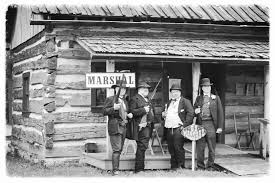 When we think of the old west, we think of cowboys, Indians, gun fights at the OK Corral, etc. We picture in our mind saloons and swinging doors.
When we think of the old west, we think of cowboys, Indians, gun fights at the OK Corral, etc. We picture in our mind saloons and swinging doors.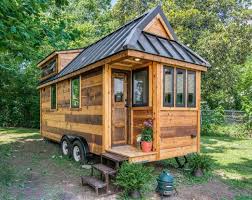 The glory of the west has faded some, but that doesn’t mean we cannot still experience the rustic ways of that time. The old ways can mix with newer technology. To see it in action, you can visit areas like the
The glory of the west has faded some, but that doesn’t mean we cannot still experience the rustic ways of that time. The old ways can mix with newer technology. To see it in action, you can visit areas like the